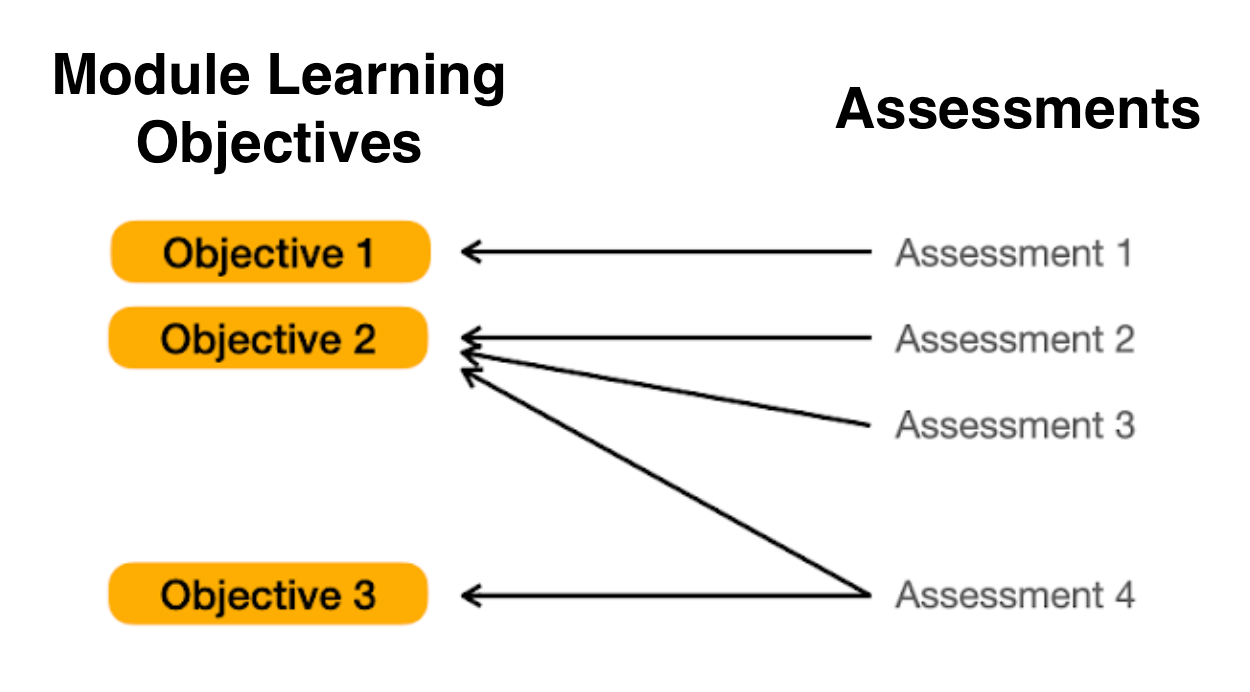A Learning Module Approach to Course Development
A compartmentalized approach to course content development that emphasizes backward design and assessment mapping, forming the rationale for the BackflowStudio application.

The kinds of courses that I commonly develop are composed of independent and self-contained learning modules. Each learning module consists of the following components:
- Clear student learning objectives (I like backward design as a philosophy, so I started here).
- A set of background theories, papers, and research objects to provide context for the topic.
- A written narrative, often with examples highlighting the characteristics of the topic being discussed, shortcomings, challenges, and examples its use. This is commonly a multipage document as would be appropriate for a chapter in a textbook.
- A presentation of some kind on the topic. This is not a regurgitation of the narrative component but a higher altitude treatment of the subject, as may be necessary for one or more lecture periods. This and the narrative provide the Introduction phase of the topic.
- A video of this lecture for when the course progresses can utilize a flipped design.
- An in-class active learning exercise (see #5) that allows the participants to implement and extend their skills related to the topic. I try to ensure that the narrative and presentation content sufficiently cover the implementation of this so that the participant takes the tool developed and applies it to a similar situation and within a slightly tangential context.
- An assessment mechanism to allow the participants to demonstrate their mastery of the subject. This assessment must map onto the learning objectives. At least one assessment must unambiguously map onto each course objective. For example, in the cover image above, Assessment #1 is an excellent candidate for Learning Objective #1 as it has an unambiguous mapping—and the same can be said for Objective #2 and Assessment #2. However, for assessment purposes, Objective #3 does not have a unique assessment tool because Assessment #4 maps onto it and Objective #2. In this case, there is no unambiguous tool to quantify measuring mastery for Objective #3.
Given these components for each learning module, a course can be considered a collection of these self-contained modules. At the course level, we also define expected learning outcomes, each supported by at least one of the module learning objectives.

The goal is to ensure that all course learning outcomes can be unambiguously mapped onto module learning objectives and at least one of their supporting unique assessment tools.

